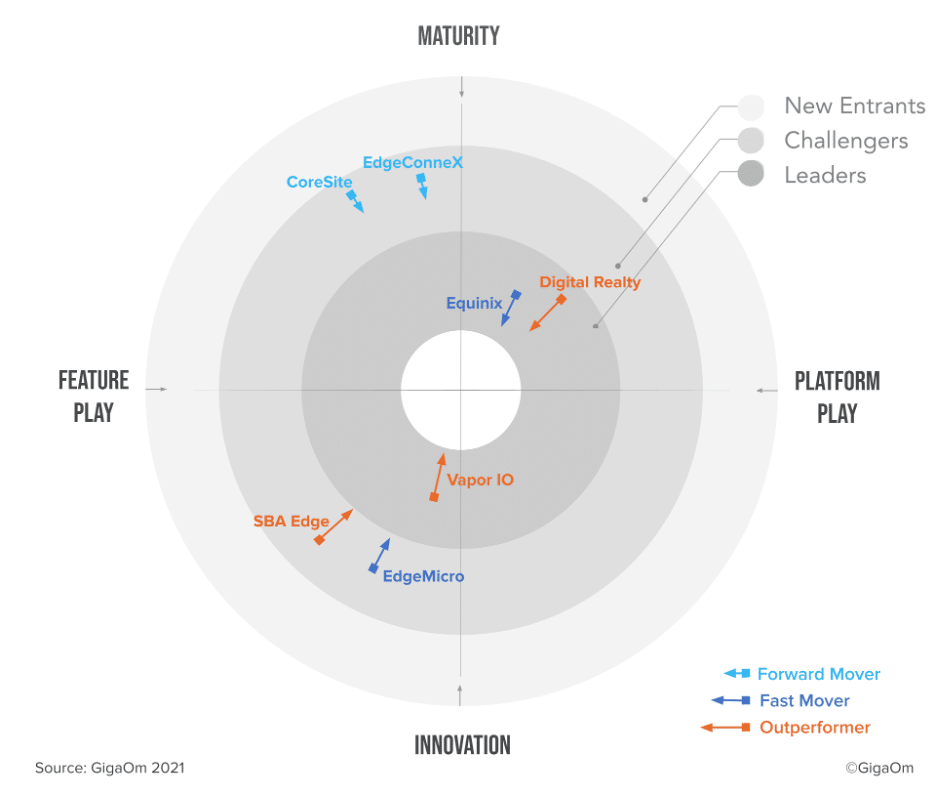As we embark on the voyage of true hybrid clouds it’s important that we don’t forget about the waters we’ve traveled and the waters ahead. A familiar ocean with ports and established routes has been sailed for years. It’s a vast and rich environment though a new ocean has been discovered and this one looks nothing like the one we know.
The public / private / managed cloud experience has existed for years and we all have a good understanding of how to consume these services to suit our specific needs. For security-constrained data we build Tier 4 data centers. For general-purpose environments we throw them over to public cloud and as we grow we consume managed hosting where it makes sense. But what happens when our need for power consumes us and the lines between cloud and connected start to blur? What happens when software and data are designed hand in hand to be portable and delivered extremely close to the user?
As the pendulum of IT swings back and forth we have traditionally moved from centralized and highly integrated environments and solutions to highly decentralized and disaggregated ones. Think about your old mainframe, 25K or Superdome moving to a client server model. Now think of that client server model moving to blade infrastructure. Software follows this same paradigm – Massive vertically integrated software suites with everything tightly controlled to highly de coupled micro services there to offer like functionality for anyone that needs it. Remember SOA? Remember SAP?
The truth is that the Data Center and the thought process behind it ebbs and flows the exact same way.
Enter IOT / IOE
With the introduction of hybrid environments and containers we stand literally, on the edge of a new cloud – An embedded cloud that must take its environment into account and must be delivered close to its user. This cloud must be highly distributed, highly decentralized and powered with technology that understands it’s environment, – A key head start I believe ARM has in this new world.
Welcome to the edge. Do you recall the once great Sun Microsystem’s quote, “The Network is the Computer”? They were right they were just a decade too soon. With the Internet of Things and ultimately the Internet of Everything we need technology that let’s us use our urban infrastructure to deliver the next generation, connected device, user experience.
In 2007 the world hit a major milestone – for the first time the world’s population became more urban than rural and that trend is expected to increase:
It’s estimated that by 2020 there will be 40 billion connected devices on the planet and over 40 zetabytes of data. With the reality that this experience and this data will be served, collected, analyzed, at the edge, the data center and the silicon in it will have to evolve. We’re probably not going to see today’s hyperscale data centers with their requirements of massive power, heavy silicon, and space power this new cloud. A lighter weight solution must be deployed and there are several companies capable of building this technology but ARM again, especially with its Cortex v8 cores are primed to take an early lead.
The IOT Enabled Data Center
So what to do? The only clear choice is that we must get smarter about what runs where and what powers our new, more connected lives. Logic implies that we need to do more with less while at the same time doing more with more, let me elaborate:
We’ll have less power to offer these new data centers meaning we need light weight silicon that consumes less. We’ll have less space which means we need to maximize density and house our data centers in smaller places, like embedded into our urban infrastructure but we’ll also have more, lots more! Instead of your 1 or 2 or 3 big 100+ remote data centers we’ll have a disaggregated data center and we’ll have lots of them all around us.
The silicon running in this data center will be low power with optimizations built in. The management of these data centers will require us to look across many locations and ensure application availability is built into the app and infrastructure fault tolerance and high availability are replaced with infrastructure resilience and design to fail rule sets.
The journey we’re about to embark on is going to be long and at times the seas will be rough. What’s clear though is that what ARM and its partners are doing with MBED is a clear sign that ARM has built the ARMed forces ready to take on the future.
Cole Crawford
Founding Executive Director @ Open Compute
CEO at vapor.io





